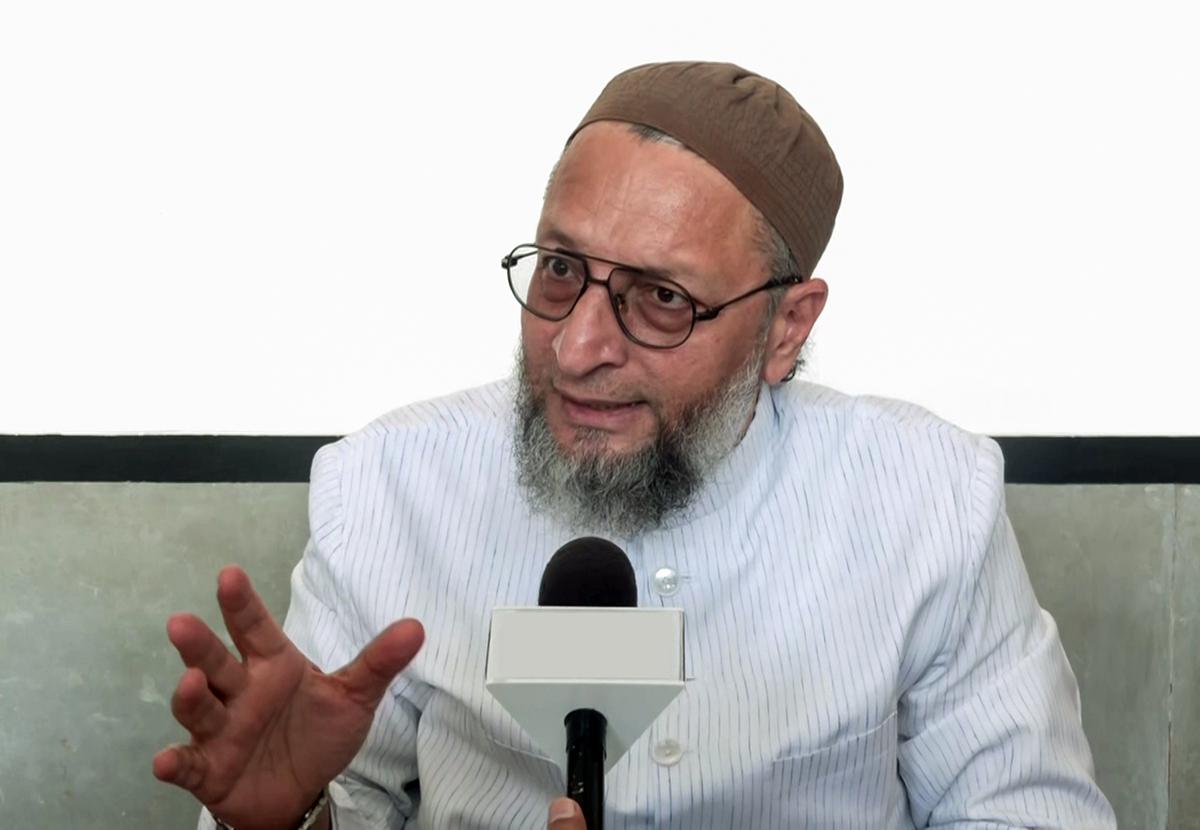Rail services restored at Kantakapalli, Andhra Pradesh
Tue 31 Oct 2023, 11:15:22
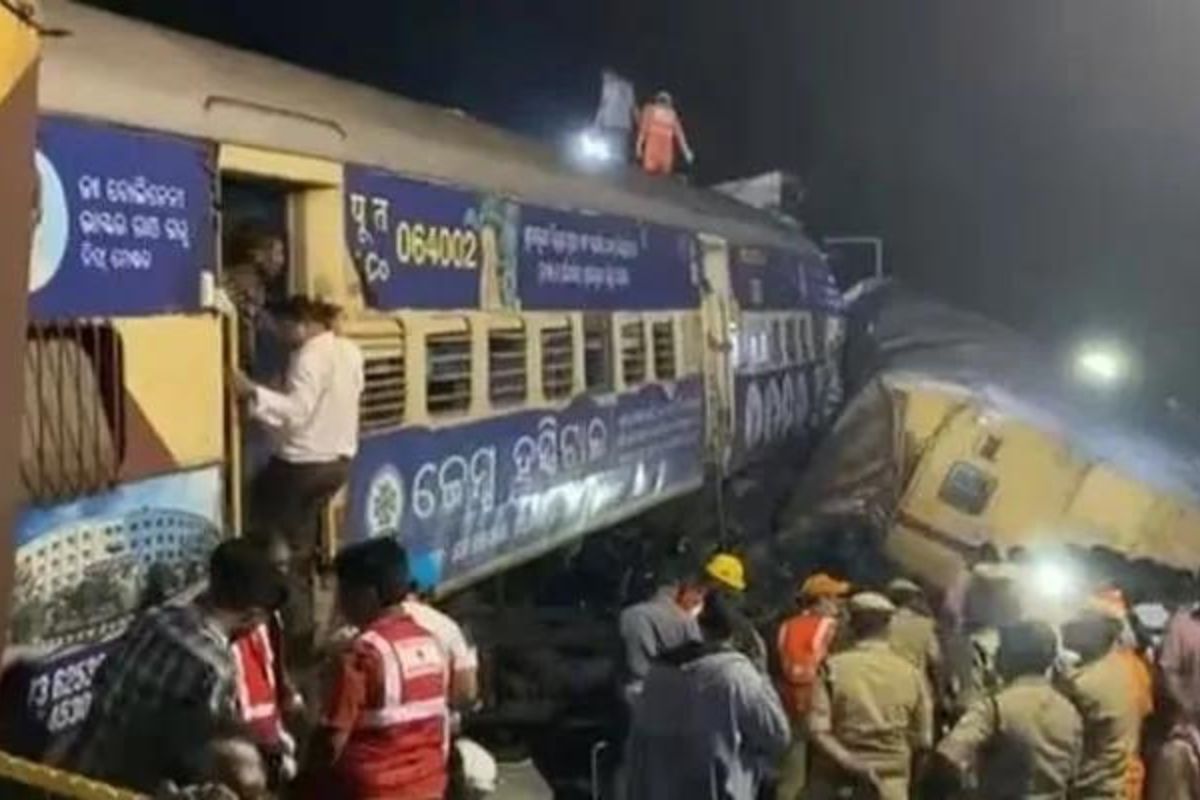
Visakhapatnam: The Railways restored the services in Kantakapalli-Alamanda section of Vizianagaram district on Monday, where the Rayagada passenger rammed into the Palasa passenger train, killing 14 passengers and injuring over 50 on Sunday evening.
A goods train passed through the down line, at 2.23 pm. The first passenger train on the up line was the 18463 Bhubaneswar-KSR Bengaluru Prashanti Express, after 2.36 pm, a release from the Waltair Division of East Coast Railway said.
The Rayagada Passenger train hit the Visakhapatnam-Palasa train from behind at 7 pm on October 29 on the Howrah-Chennai line in Kantakapalli. The accident disrupted the running of services since Sunday. Some 47 trains were cancelled, 24 trains diverted, 8 trains short-terminated and 8 trains rescheduled.
A preliminary railway probe into the accident in Vizianagaram district has held the driver and the assistant driver of Rayagada Passenger train responsible for the collision. This train passed two defective auto signals by violating norms. Both crew members were killed in the accident.
Divisional railway manager Saurabh Prasad led the rescue operations. The local
administration, as well as the NDRF teams provided assistance in the rescue and restoration efforts.
administration, as well as the NDRF teams provided assistance in the rescue and restoration efforts.
ECoR general manager (DRM) Manoj Sharma extended his support to the track restoration activities. More than 1,000 workers, staff and supervisors from various departments worked on mission mode to restore the train services.
The DRM said it was too early on his part to cite any reason for the mishap. The commissioner of safety would begin an inquiry from Nov 2 in Visakhapatnam, he said. "We have seized the speedometer charts, signals etc for the inquiry,’’ he told.
The preliminary report from Delhi said, "The Rayagada passenger train hit the Visakhapatnam- Palasa passenger train from the rear after the crew of the Rayagada passenger passed two defective auto signals. Hence, LP (loco pilot), SMS Rao, ALP (assistant loco pilot) of the train are held responsible."
As per railway norm, a train should have stopped for two minutes at the defective auto signals and then started at 10 kmph; which did not happen in the present case, leading to the collision.
No Comments For This Post, Be first to write a Comment.
Most viewed from National
Most viewed from World
AIMIM News
Asaduddin Owaisi questions PM Modi's China policy
Jan 08, 2025
Owaisi slams UP over police post near Sambhal mosque
Dec 31, 2024
Owaisi hails SC order on Places of Worship Act
Dec 13, 2024
AAP Corporator Tahir Hussain joins AIMIM party
Dec 11, 2024
Latest Urdu News
Most Viewed
May 26, 2020
Which political party will win the Delhi Assembly polls to be held on Feb 5?
Latest Videos View All
Like Us
Home
About Us
Advertise With Us
All Polls
Epaper Archives
Privacy Policy
Contact Us
Download Etemaad App
© 2025 Etemaad Daily News, All Rights Reserved.

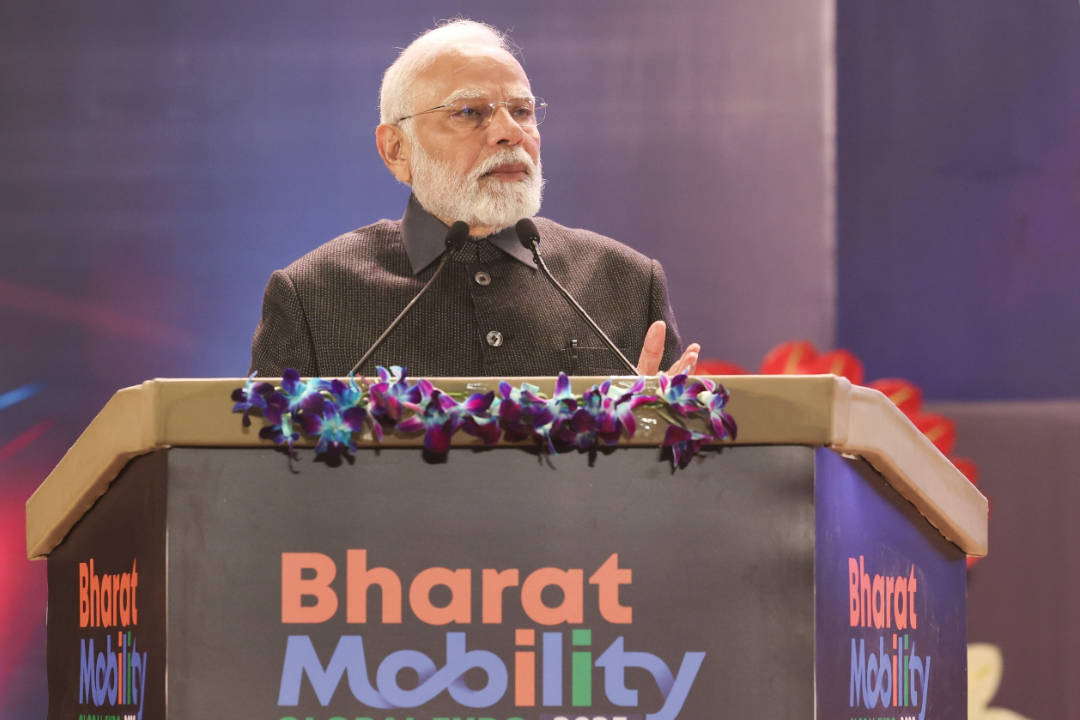
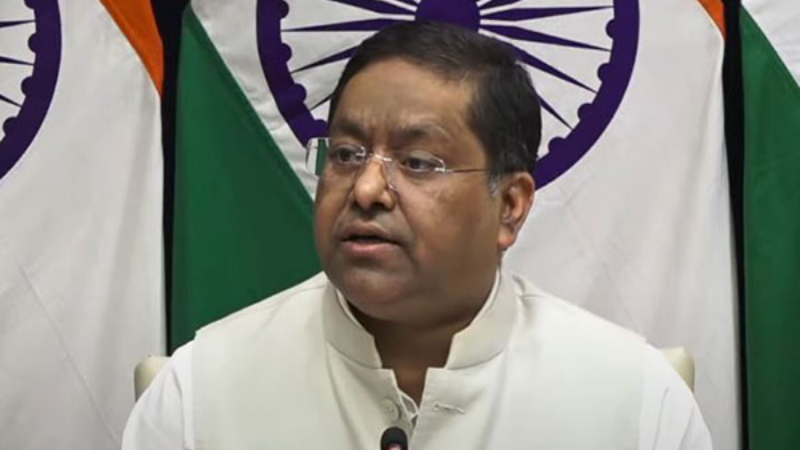

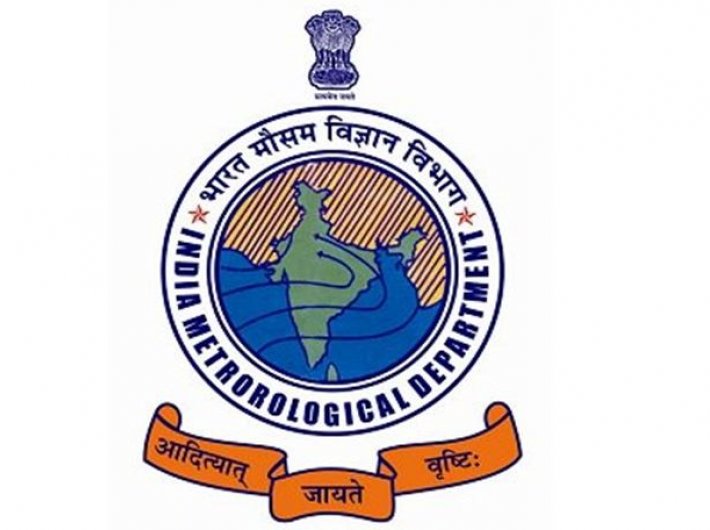
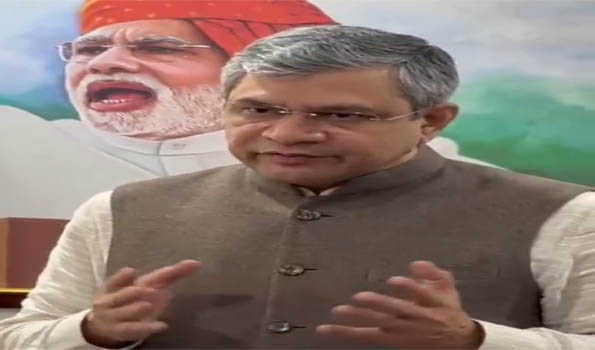

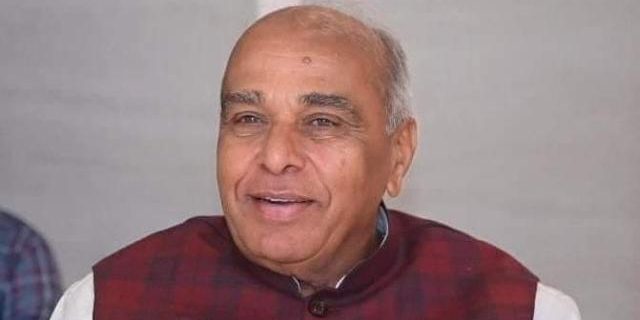





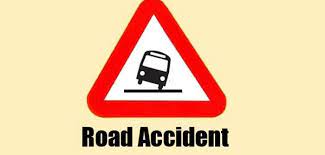
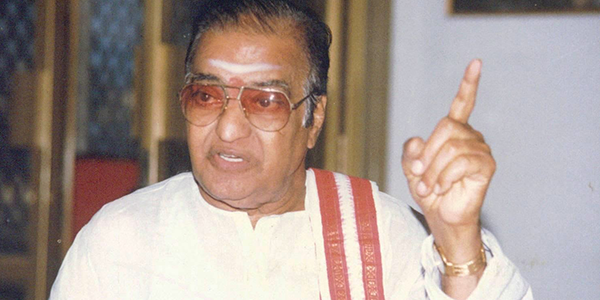
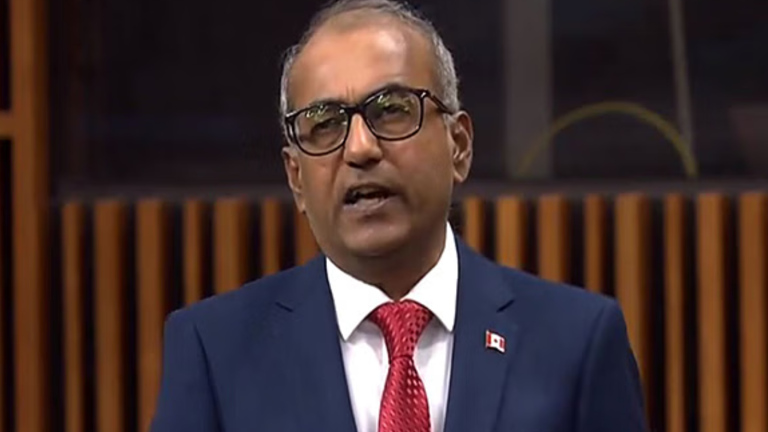
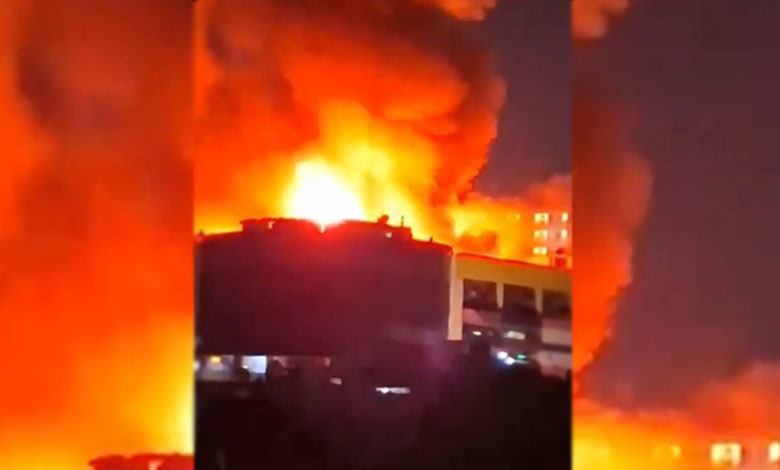

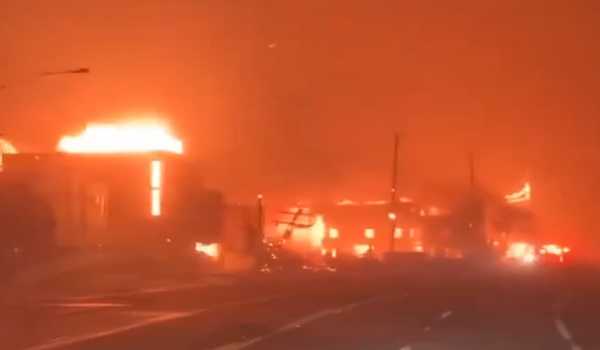


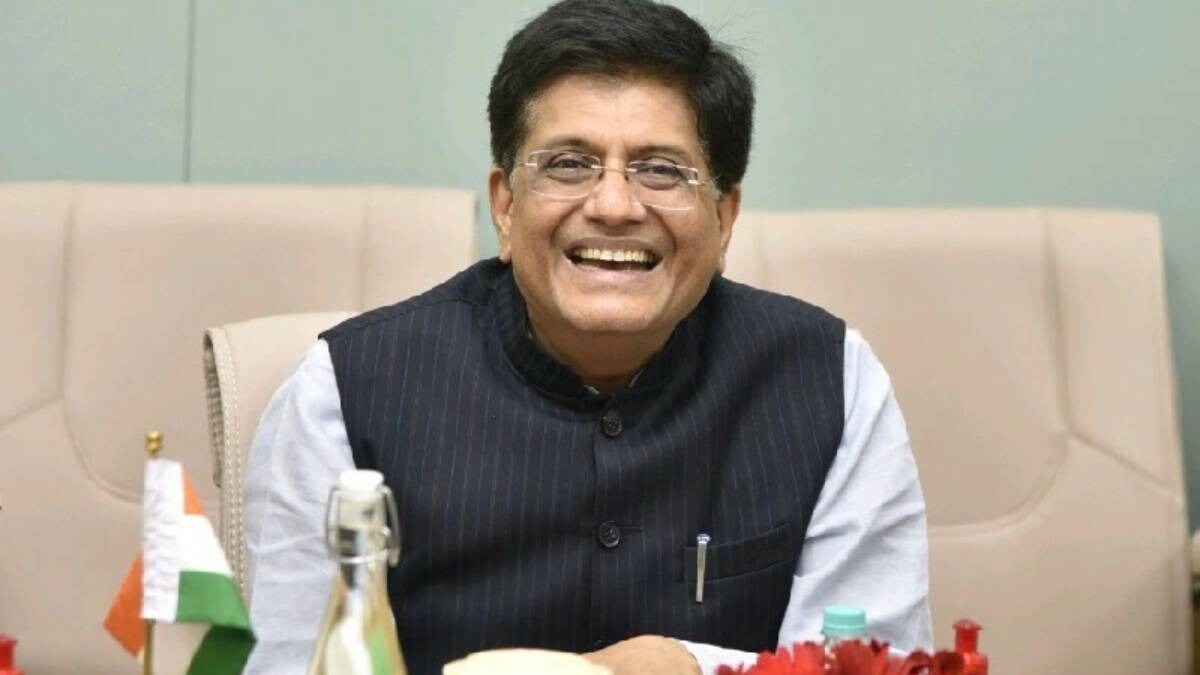
.jpg)
.jpg)
.jpg)





